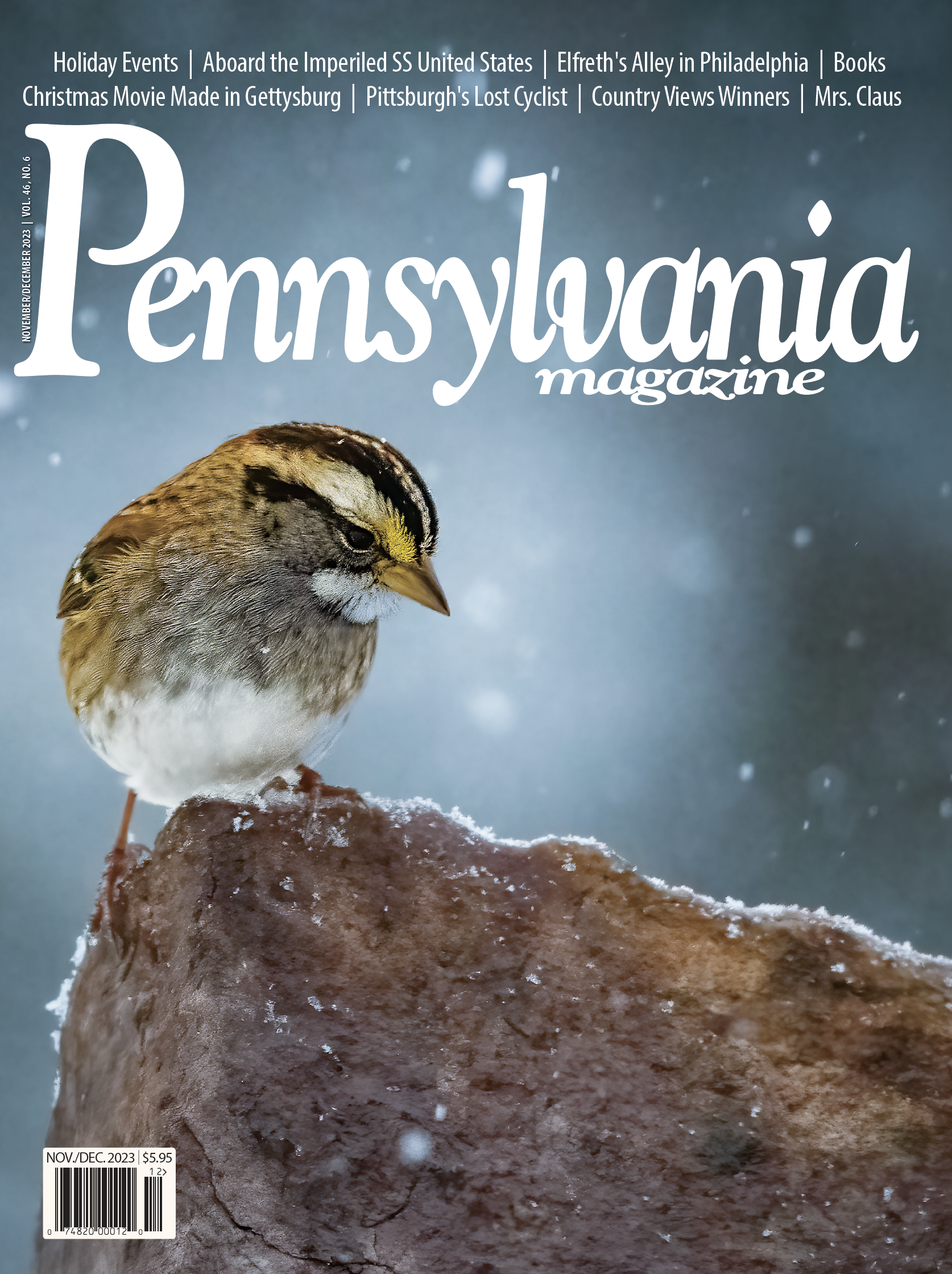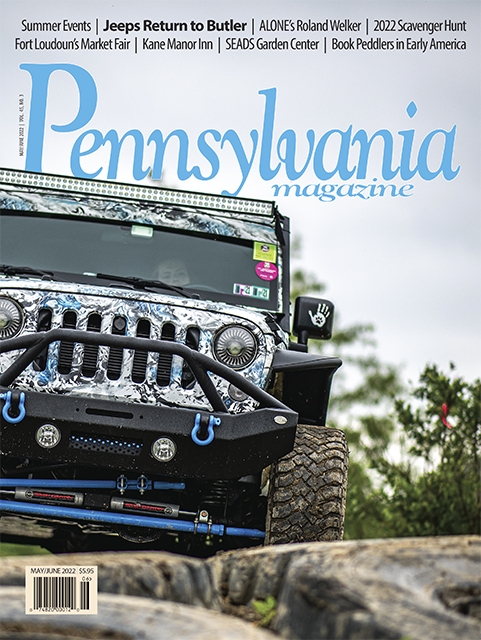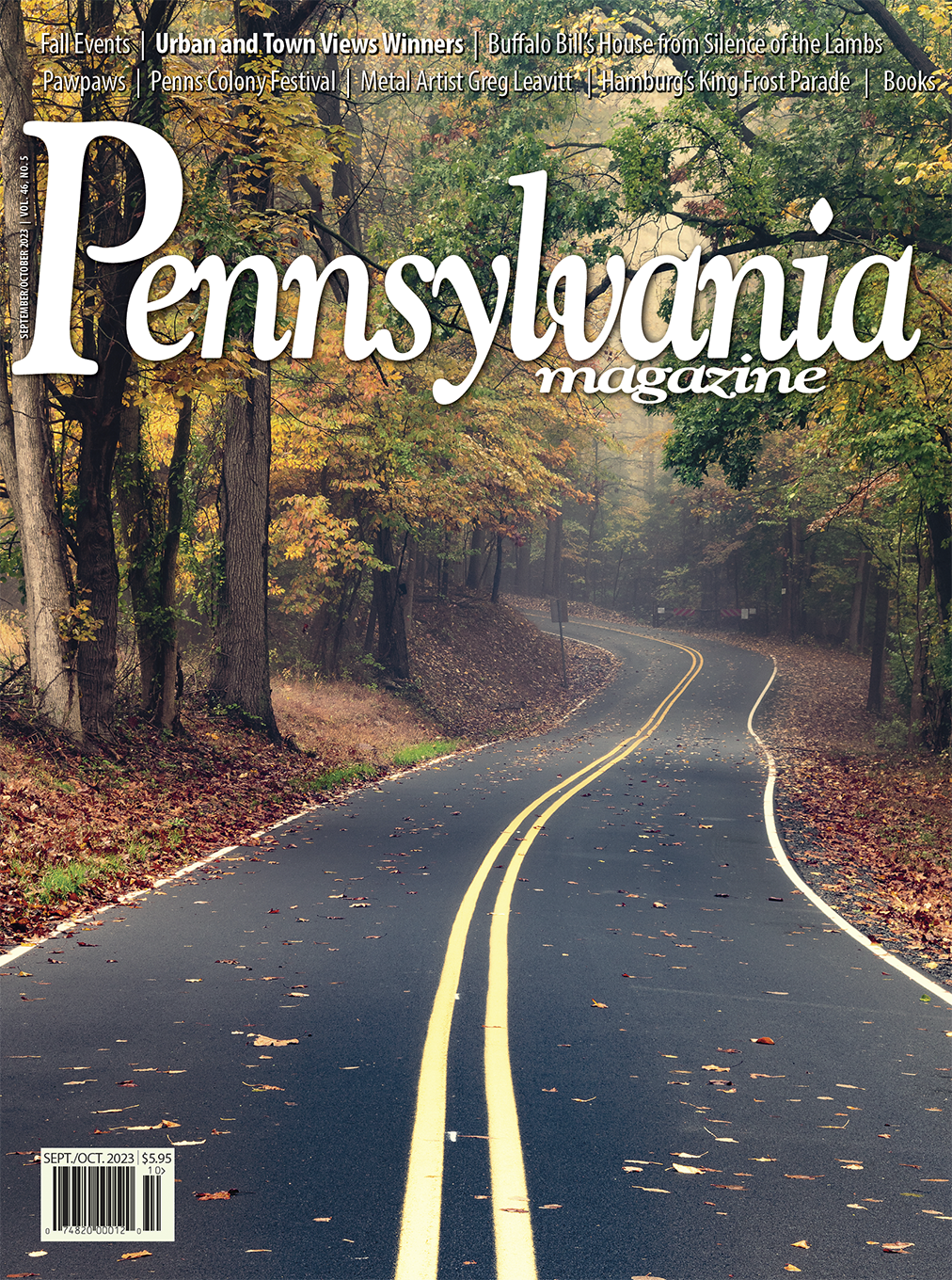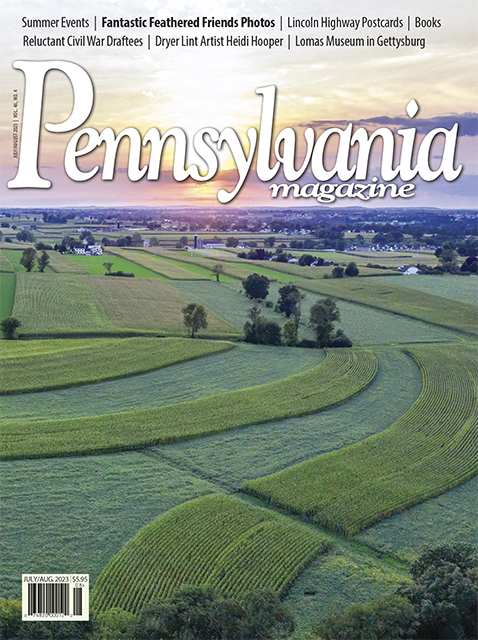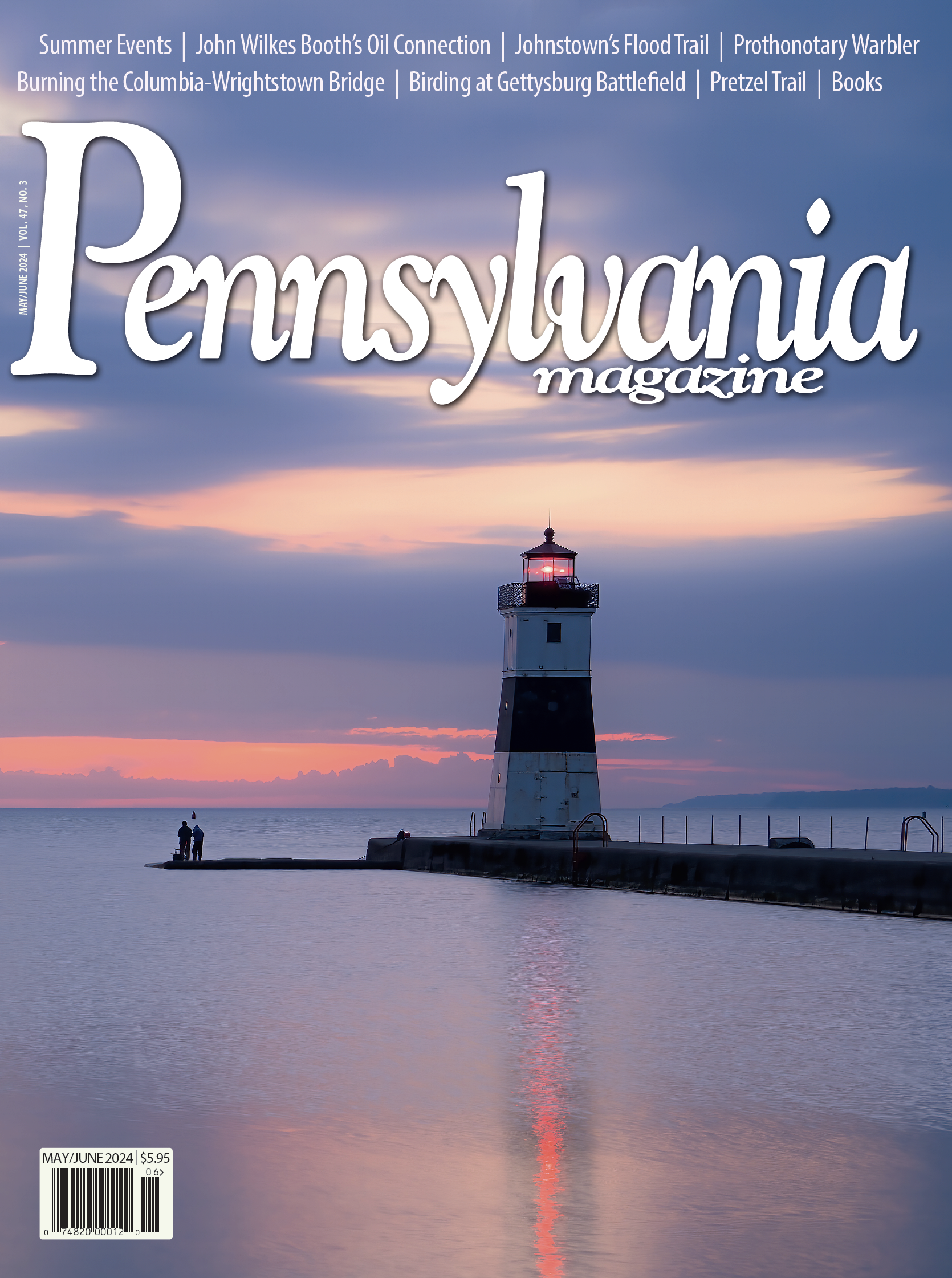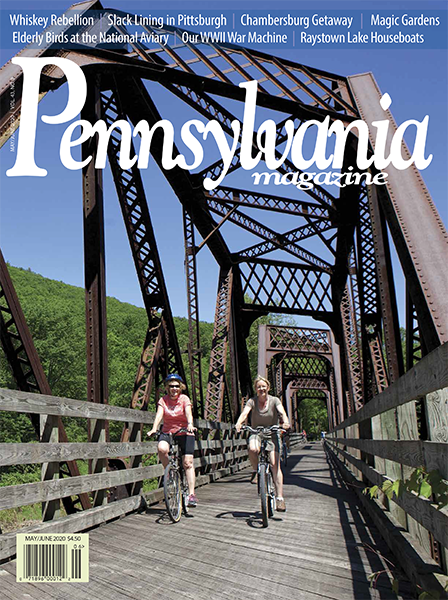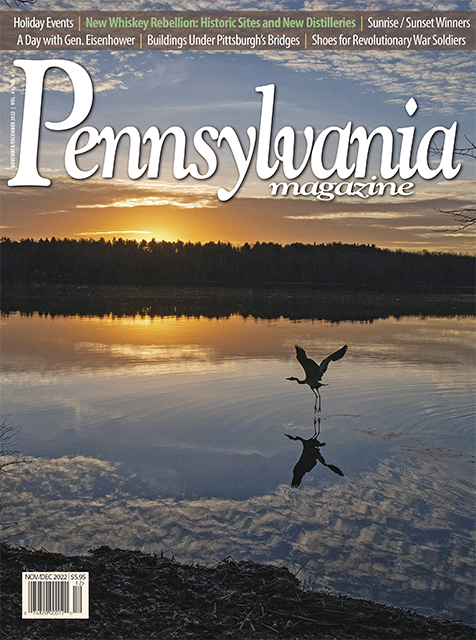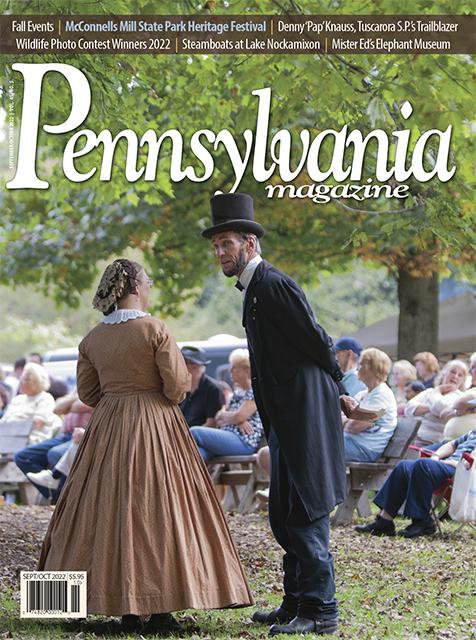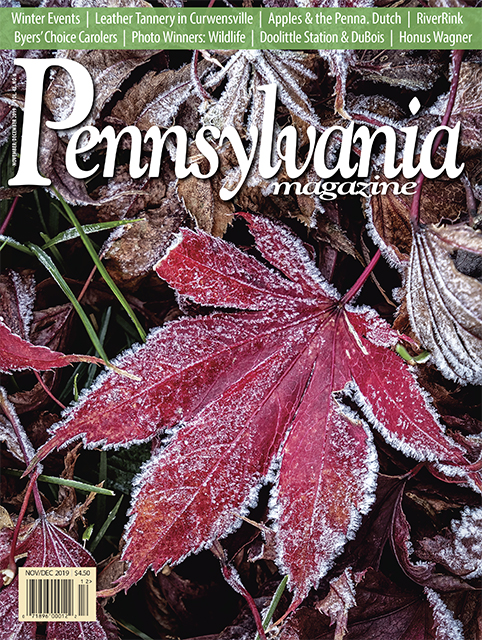Writing Magazine Articles
Advice from Editor Matt Holliday, Pennsylvania Magazine
1. Picking topics—solve a problem.
We’re living in an age when people have a BIG problem: too much free time. We don’t know what to do with ourselves. Consequently we eat too much, scroll on our phones, and complain, doing little to solve the problems we complain about.
- Come up with creative ways to solve this problem, and you’ll create interesting article ideas.
- Find topics that will motivate people to go more, sit less and discover places and people they hadn’t imagined existed.
For example, when developing a travel article idea, start with a map. Plan a trip for yourself. Contact visitor’s bureaus and tell them what interests you (your THEME for the article) and ask what types of businesses and attractions exist that match your intersest. Try grouping three counties as a driving tour. Some visitor’s bureaus already have such driving tours developed, and you can easily modify their tours.
Spend some time on the phone talking with the businesses and attractions. Discover what makes them unique or interesting. See if any of these contacts have ideas of other places you can visit along the way that the visitor’s bureau didn’t mention. Invite people to help you plan your getaway. Develop your ultimate trip.
Now, assemble the essence of the trip and what makes it interesting for you into a 200-word query. Send the query to magazines with a focus that matches your THEME, and you’ll likely have a marketable story idea.
Remember that readers want YOU to do the work for them: tell them what’s best, tell them what saves time and money, and share with them your experiences so that they can venture forth armed with wisdom (wisdom: gaining knowledge through your own, or someone else’s, experiences). Otherwise you’re producing a promotional brochure.
2. Write in the ACTIVE voice.
People turn away from texts with passive voice (watch out for TO BE verb usage). People pull themselves toward texts with action!
3. Show, don’t tell.
Compare these two paragraphs that describe an amusement park:
Knoebel’s Amusement park was built many years ago and families since then have made going there a tradition for reunions and days filled with wholesome entertainment.
vs.
When we arrived at Knoebel’s Amusement park, instead of finding the typical acres of asphalt, we found ourselves parking the car in a grassy field. Old-fashioned trams circled the lot, and after we hopped onboard, we waited while a young family took time to load their cooler and stroller. You see, at Knoebel’s, the management encourages visitors to bring picnic lunches to their free admission park. We soon realized that we had discovered a gem in central Pennsylvania.
Writing that compels the reader to keep reading doesn’t just happen. Revise and polish.
4. No risk, no readers.
Move readers to new thinking about a person, a place, an event, or a historical fact. Shift their thinking. This happens best by putting yourself into a situation and showing the reader your location, your emotions, your senses, and your reaction/response. You must share yourself to connect with a reader.
5. Do adequate research, in person.
Nothing matches experiencing the place, person, event or history yourself. If it’s a historical subject, go to the archives and hold the old newspapers and other documents in your hands. The sterile internet will give you a direction in which to hunt, but do your hunting in person. You’ll interact with others who may give you new information and hot trails to pursue. You may even find new article ideas as you go.
If you’re writing about a NASCAR car driving experience, get in a car and go around the track. How else can you say what it feels like to drive a car?
If you’re writing about the Gettysburg Battlefield, go and walk around the battlefield at daybreak, at dusk, and in the middle of an early July day. Feel the sun on your face and see just how big and rough those rocks are in Devil’s Den.
Talk with people, ask questions. Nothing substitutes for first person research.
6. Converse with your reader.
You’re sharing a story with a person: your reader. Bring other people into the conversation. Use quotes to tell stories or add facts. Let people shine in your stories. And, most important, tell stories.
An effectively-written article doesn’t need a photo to keep the reader’s interest. The photos help to stop the reader from turning the page. The text must stand on its own when being read.
7. The opening paragraph grabs or sags.
The opening paragraph to a story will either hook the reader or tell the reader to look elsewhere.
Use a personal experience as the opener if it works for the article. Such as this one from a recent issue:
Hundreds of cyclists form a wide, slithering line, curving around the sidewalk by Independence Hall in center-city Philadelphia. My children and I are near the back of the quarter-mile-long line, but we aren’t concerned. This isn’t a race; it’s a celebration. Eighty-five years ago, the 19th amendment was ratified, giving women the right to vote.
8. Make sure you have a “nut graph.”
Placed at the beginning of the story, the nut graph outlines for the reader the story that will follow. It
contains everything necessary to orient the reader as to the article’s content.
Here’s an example in an article by Cindy Ross in a July/August issue:
I had a bad case of “bird envy.” With my two feet firmly planted on the ground, I’d raise
my eyes to the sky and long to be that red-tail hawk soaring amidst the clouds. Instead, I
did the next best thing we humans can do and took to the skies via seven flying methods: a
Cessna prop plane, a powered parachute, an open-cockpit biplane, a hot air balloon, a helicopter,
a glider, and sky diving. In the process, I learned the incredible value of leaving the
planet behind and seeing it from a different perspective—a bird’s-eye view.
No problem knowing what that article is about.
9. Refer back to your “promises.”
When you compile your research into a finished article, go back and see how your finished product
matches what you promised in the query and what the editor said okay to in response to your query. Have
someone else evaluate this match-up. (See the Third Party Checklist, Article Submission form.)
10. Include the “extras” with your story.
There’s a hamburger joint that provides a well-stocked “fixin’s bar” where a patron can add lettuce, tomato, barbeque
sauce, and a lot of other stuff that interests many. However, they don’t include anchovies as they would
likely interest no one. Keep this in mind when writing sidebars for visitor’s
info. or other information. The farther you stray from the topic being covered, the less relevant the sidebar
(the less of interest for an editor to buy it.)
Include the following in a visitor’s info. sidebar: hours, location, directions (if hard to find), admission
cost (simplified), handicapped accessible (or not), nearby lodging or eating places (if desired by the editor/
regularly used by the publication), other places of interest in the area that are related to the topic. Refer to the
magazine’s guidelines before embarking on your travels to see what information you must include.
11. Write about what you enjoy doing.
Find a niche. Magazines exist because people spend money on their interests and hobbies and activities
(niches). When you combine what you enjoy doing with your ability to research and write, you now have
a combination aimed toward success. Why cover subjects that you find dull just to grab a check when
you can write about topics that will give you access to experiences and people you’ve always dreamed doing or
meeting.
12. Read magazines.
If you want to write for magazines, read magazines, especially ones with writing that inspires you. When
you surround yourself with excellence, some will rub off.
13. Develop your craft.
Attend writers onferences. Join a writers group. Work one-on-one with another writer (perhaps
one that likes a different style of writing—a prose writer working with a poetry writer) so that you can stretch
your boundaries of what you can do.
You may have talent and you may have a love of writing. Unwrap those gifts in the presence of others.
Share what you know and learn from those who share with you.
14. Editors are people, too.
People will let you down. People will fail you. People will say dumb or demeaning things.
People will use their positions to boost themselves at the expense of others. People will be cruel.
People will discard other people for no reason at all.
AND!!!
People will lift you up. People will care about your success before their own. People will love you.
People will use their positions to give you a chance.
People will compliment you. People will rain blessings on you for no reason at all.
Be open to the good things that can happen to you. If you’re always under an umbrella hiding from the rain, you’ll never see the rainbow. You won’t feel the warm
sun on your face. You won’t know what a cool shower on you skin can do to your spirit.
What you discover along the journey will prepare you for the destination. Take time to celebrate your
progress and successes. Take time to correct your direction. Take time to care for others, and most
importantly, take time to care for yourself.
Matt Holliday, editor
Pennsylvania Magazine
717-697-4660
PO Box 755, Camp Hill, PA 17001-0755
www.pa-mag.com | [email protected]

